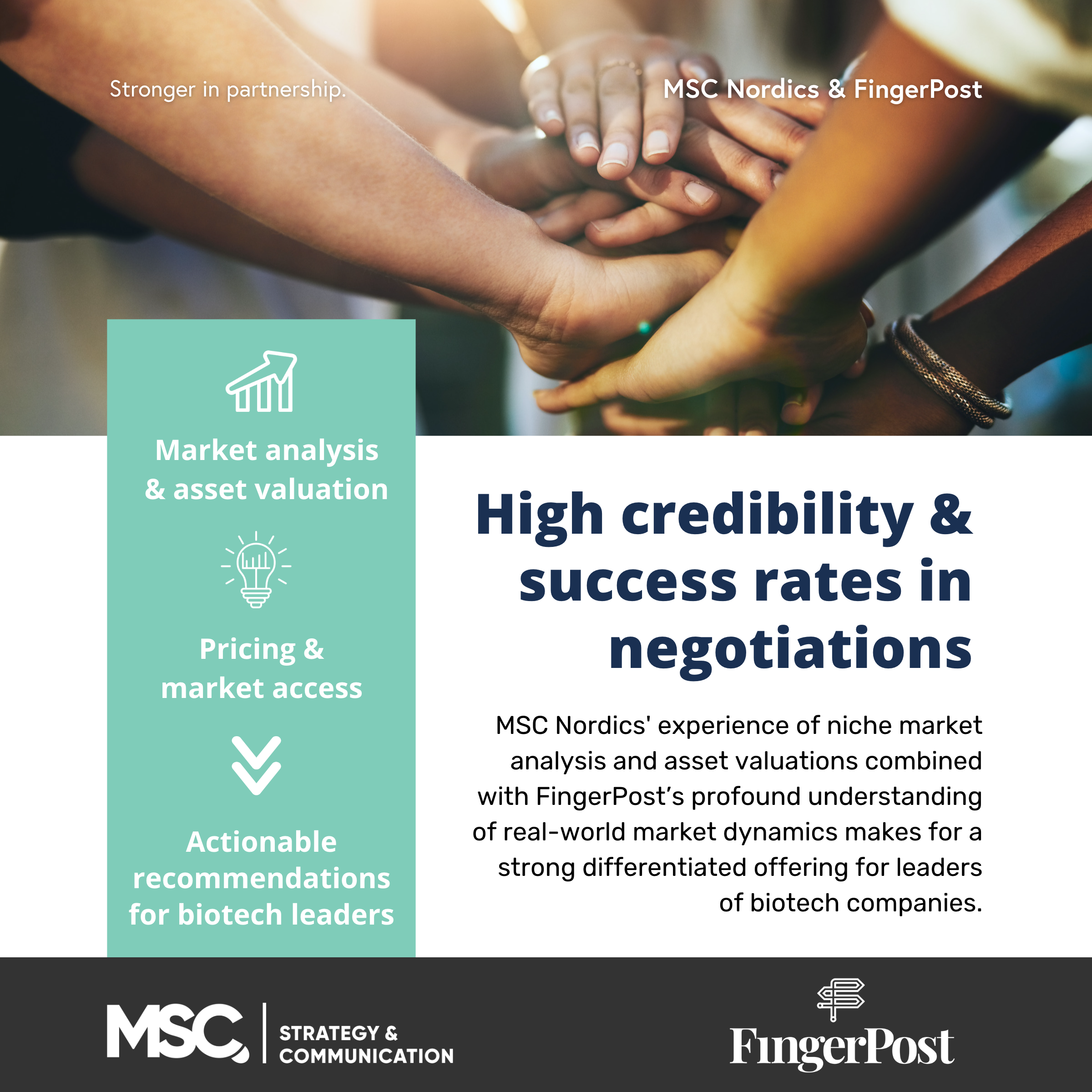1. Be objective, but avoid generic messages
We have found that a general template describing who you are and why you are contacting the KOL should be avoided. Instead, open with a few examples of the person’s background or experience that has piqued your interest and made you think that this specific person would be a good fit to discuss your subject. This could be a publication, a conference speech, or a clinical trial in which the person was the investigator. Showing that you’ve done your homework and that there are specific reasons why the person is being contacted, among all the others, helps to improve your chances of success (i.e., a response).
2. Offer flexible meeting scheduling
Offering a wide range of time slots for the interview will give you better chances to score an interview. It goes without saying that a courteous interaction is respectful and appreciative of the time and expertise the KOL is providing. If possible, be open to adjusting your normal office hours to accommodate different time zones. In terms of meeting format, currently, most of the interviews are organized online, via Zoom or Teams, but you can also suggest other potential arrangements, such as in-person meetings, or phone calls.
3. Guidance on remuneration
Be prepared to face three different groups of KOLs: The first group is open to give you an interview free of charge and never mention payment; the second group expects to be paid for their time and expertise and will ask how much you would offer; and the third group has a specific set hourly rate for engagements like this. You can expect the price to range from 300 to 500 USD for a 45-minute meeting. We would, in general, recommend not mentioning remuneration in the first contact but instead leaving it for the KOL to bring it up. To date, we have not seen a difference in engagement where remuneration was offered upfront compared with instances where it wasn’t offered.



